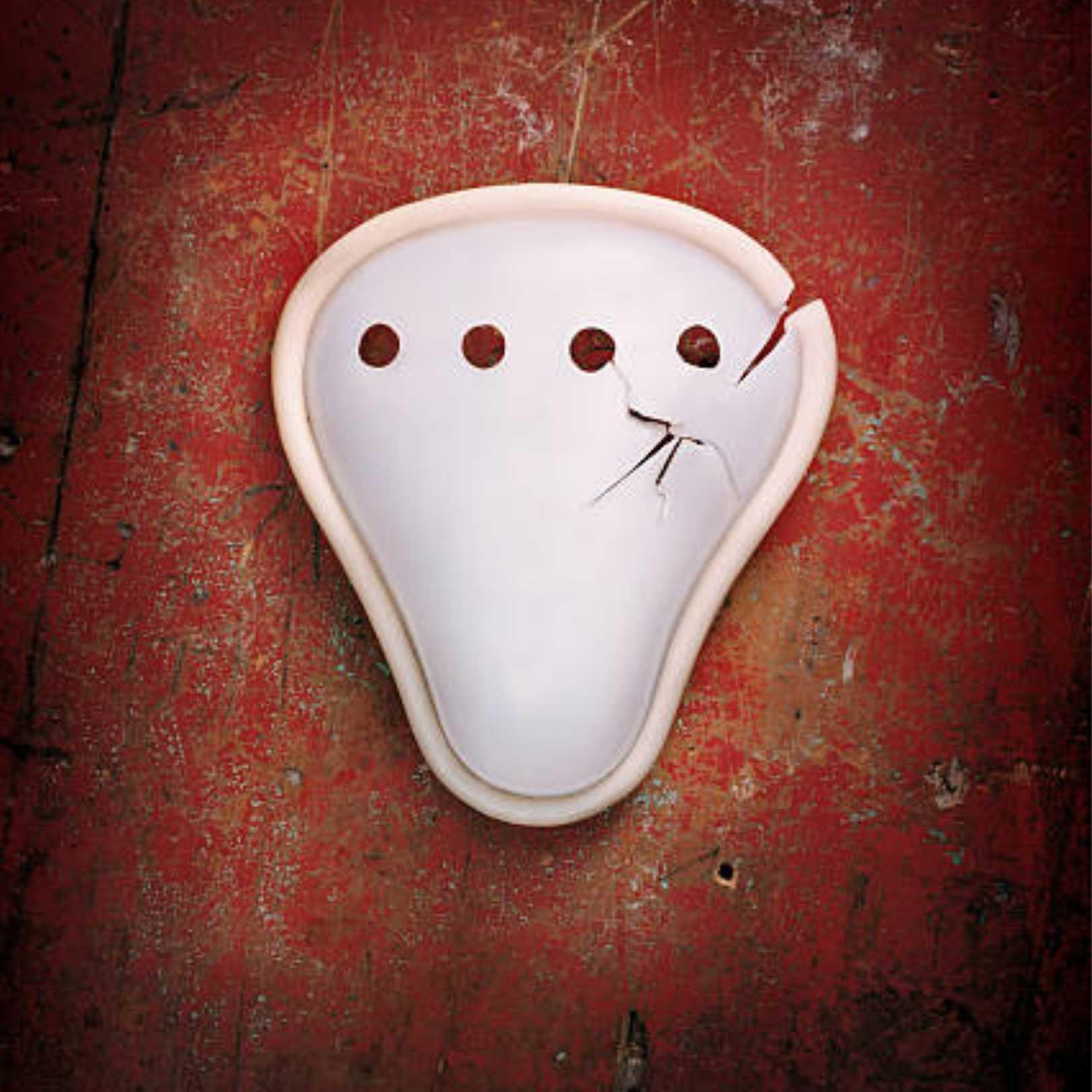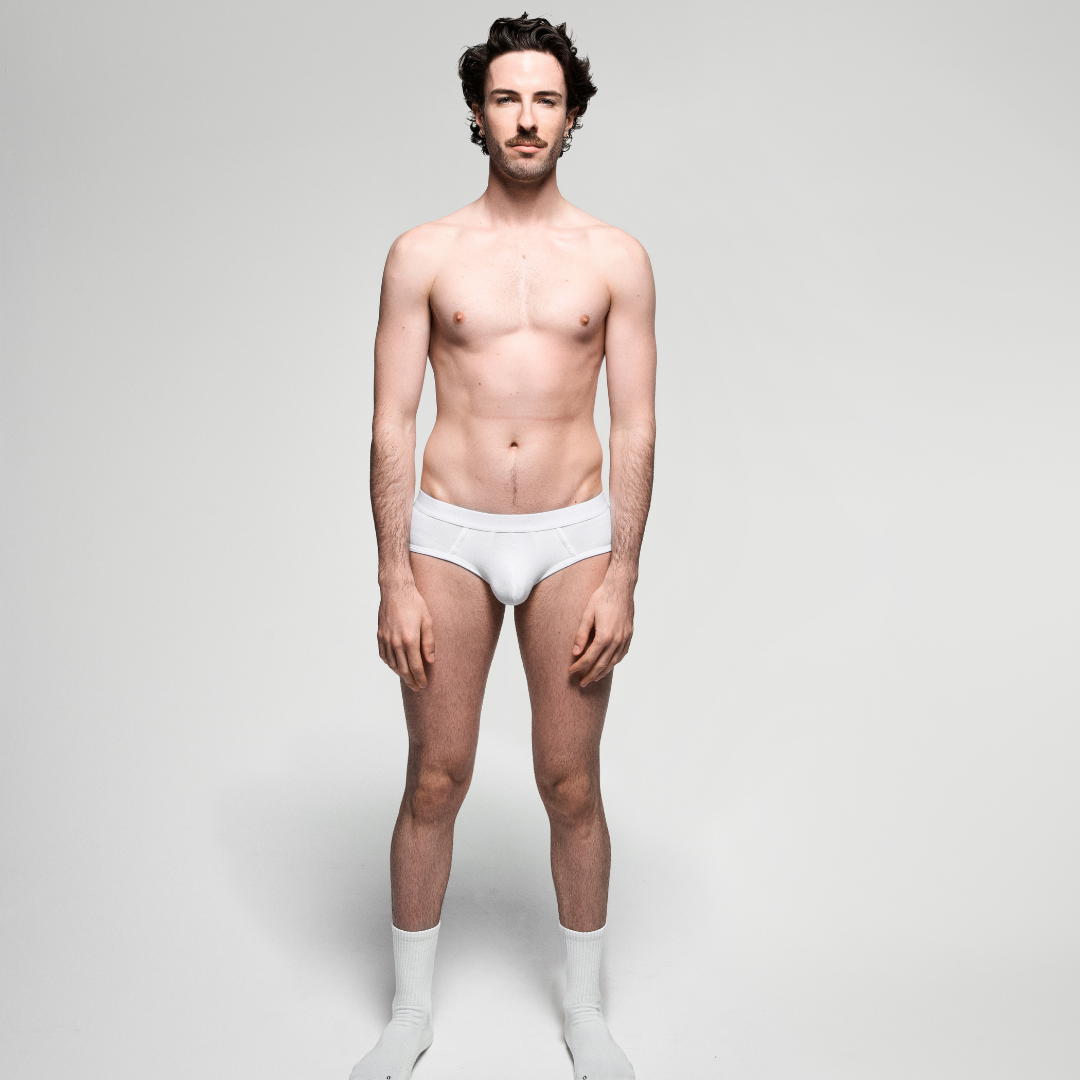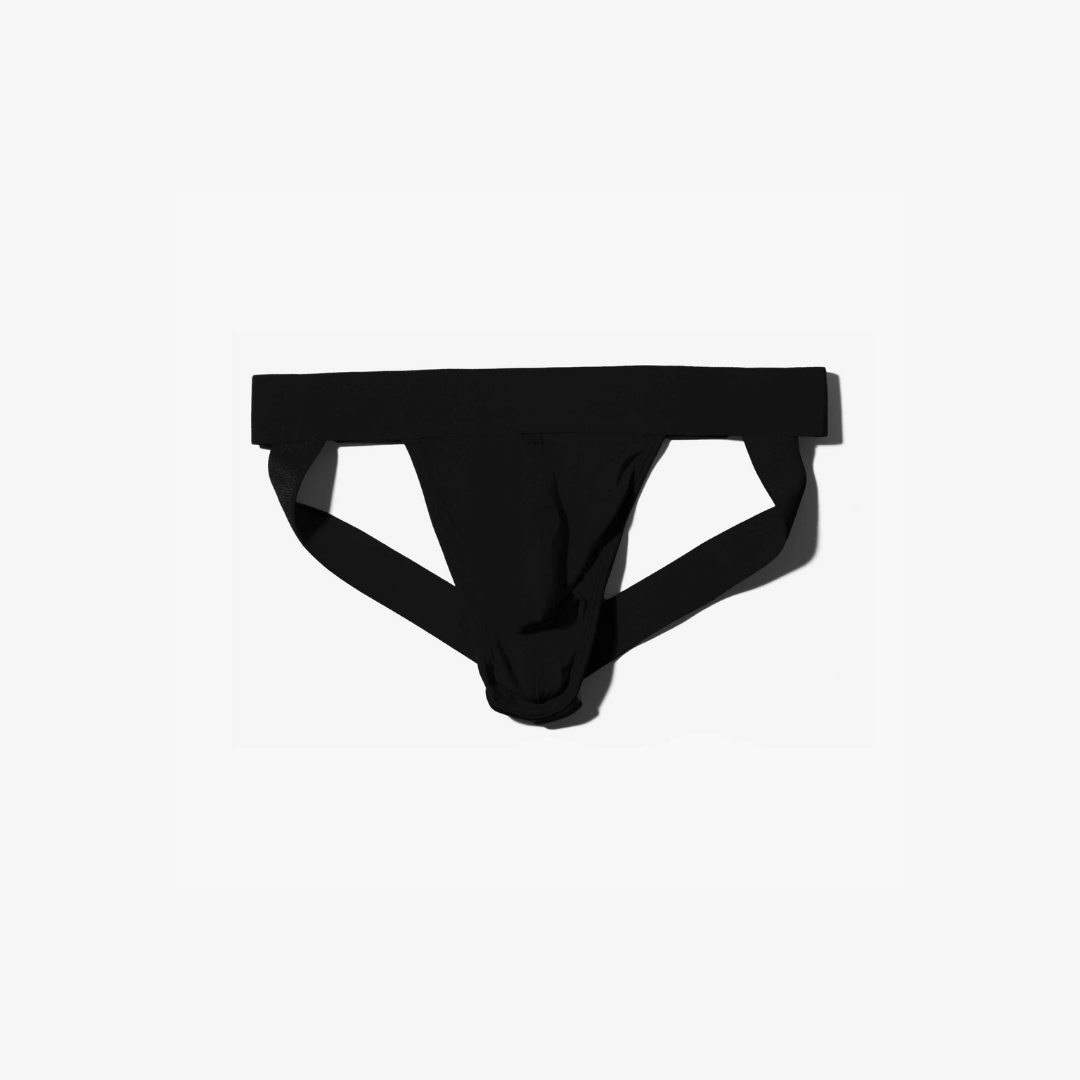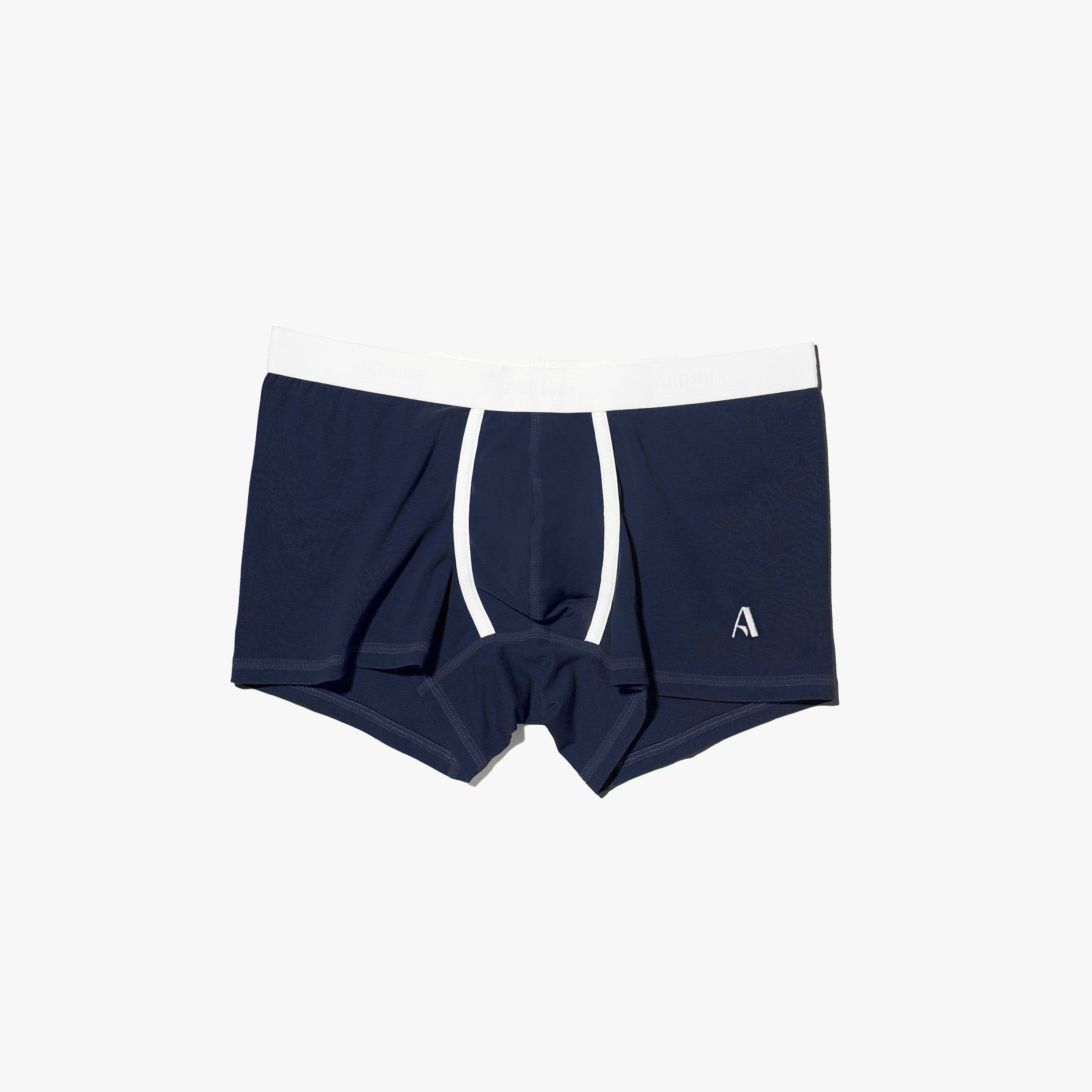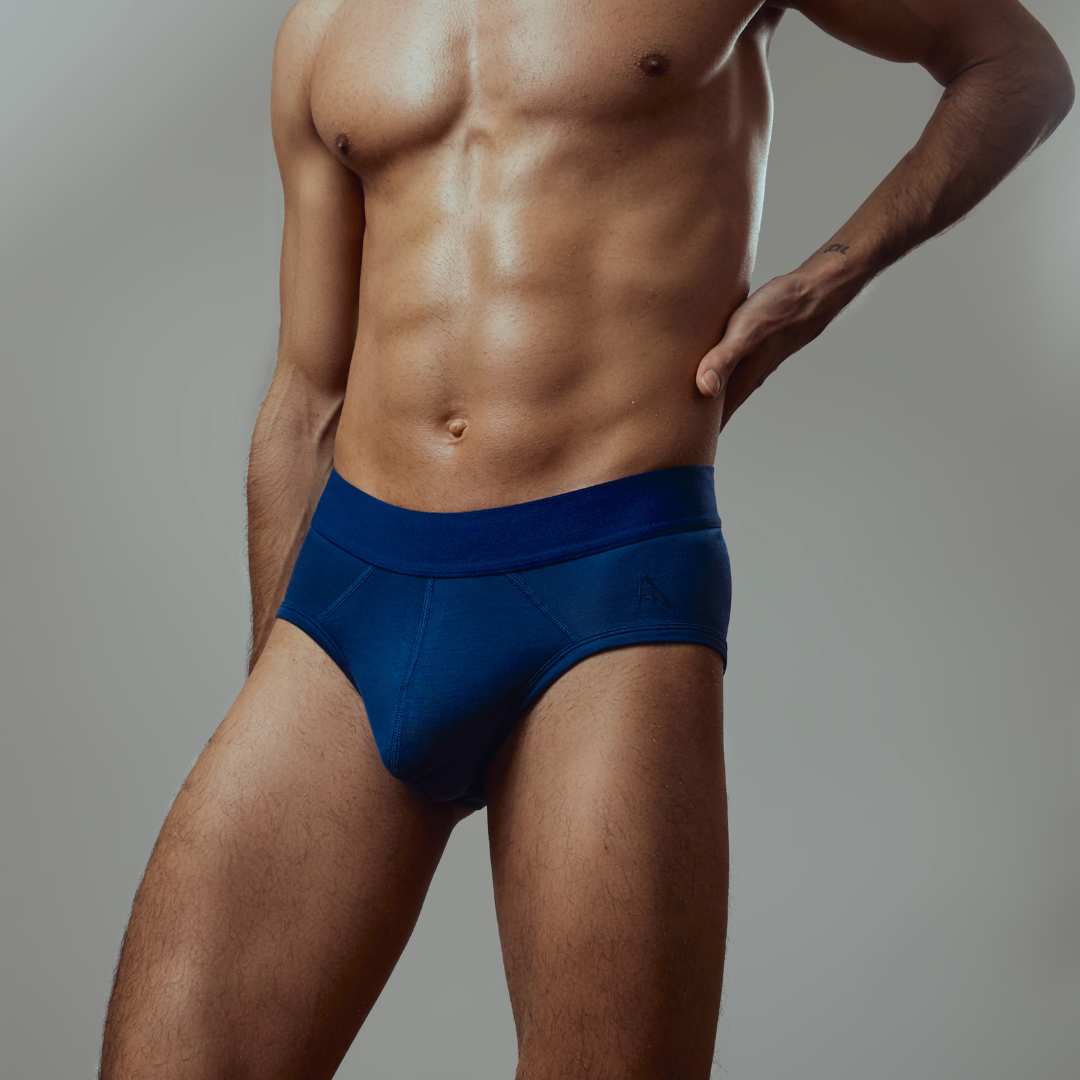The jockstrap, an undergarment as controversial as it is little-known, has a fascinating history. Born out of a purely practical necessity in the late 19th century, it has become a men's fashion icon and a symbol of expression in certain communities. This journey, spanning sport, gay culture, haute couture, and medical uses, is worth recounting.
Sporting Origins: Boston, 1874
The jockstrap was invented in 1874 in Boston by Charles F. Bennett. He designed an undergarment for cyclists—nicknamed "bike jockeys" at the time—to protect their private parts from bumps on paved roads. His creation: a support pouch at the front and two elastic bands running under the buttocks.
Marketed under the name "Bike Jockey Strap," this model quickly became essential for athletes practicing high-impact sports: football, hockey, baseball. It allows for the insertion of a rigid protective shell, reducing the risk of injury.
To delve deeper into the historical role of the jockstrap in sports, read the New York Times (2003) analysis.

An emblem of sporting virility
During the first half of the 20th century, the jockstrap emerged as a symbol of physical power. It embodied the athlete ready to surpass himself, and became a standard in men's locker rooms.
Iconic brands like Spalding produced their own versions as early as the 1870s. Their breathable mesh design was quickly adopted for its comfort and impeccable fit during intense efforts.
Even today, AKINOM pays homage to this sporting origin with its PREMIUM jockstrap , designed to combine technical support and contemporary aesthetics.
A reappropriation by gay culture
Starting in the 1950s, the jockstrap was adopted by the gay community, becoming a symbol of subverted virility and sexual freedom. It was proudly displayed in clubs and bars, becoming both a protest object and an accessory of desire.
This appropriation transforms its image: from a utilitarian object, it becomes an identity marker. It questions and plays with the codes of traditional masculinity. Its revealing silhouette, once functional, becomes stylized, assertive, and provocative.
The jockstrap in fashion and pop culture
The fashion world took hold of the object in the 1980s. Designers like Jean-Paul Gaultier and Versace incorporated jockstraps into their fashion shows, revisited in leather, satin or as visual accessories.
In the 1990s, icons like Anthony Kiedis (Red Hot Chili Peppers) brought it to the stage. The series "Queer as Folk" featured it, reinforcing its connection to LGBTQ+ culture.

The jockstrap then established itself as an object with a strong symbolic charge: at the crossroads of sport, style, and personal expression. It entered the history of fashion as an object of subversion and affirmation.
Contemporary use combining comfort, aesthetics and health
Today, the jockstrap remains used in high-impact sports, but also in the medical field: post-operative support, hernias, or prostate problems. Its structure allows for targeted support without compression.
High-end brands like Calvin Klein offer modern versions that balance performance and design. AKINOM adds its own technical touch with the FrontNest® system, featured in its PREMIUM range.

To learn more about the materials used in our models, discover our article dedicated to lyocell , the flagship material of our collection.
Conclusion: underwear full of history and identity
The jockstrap isn't just an undergarment. It's a testament to a century and a half of evolving bodies, customs, and masculine representations. From Boston to runway shows, from sports to queer culture, it has remained relevant through the ages.
At AKINOM, we believe in a men's wardrobe free from rigid codes. Our PREMIUM jockstrap exemplifies this ambition: a technical, elegant piece, designed for those who want to combine comfort, style, and freedom.
